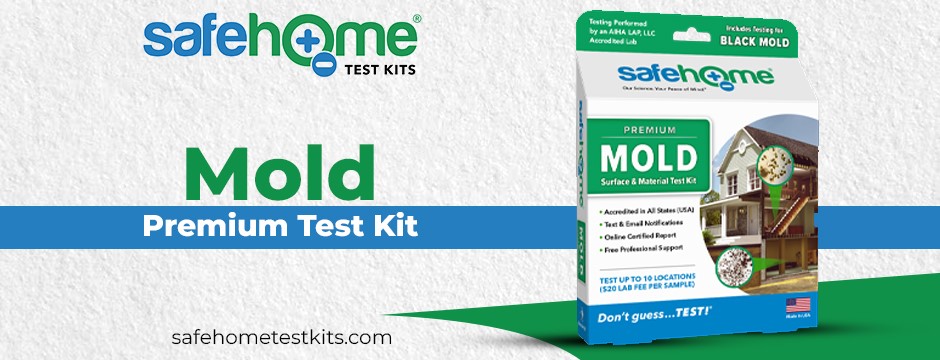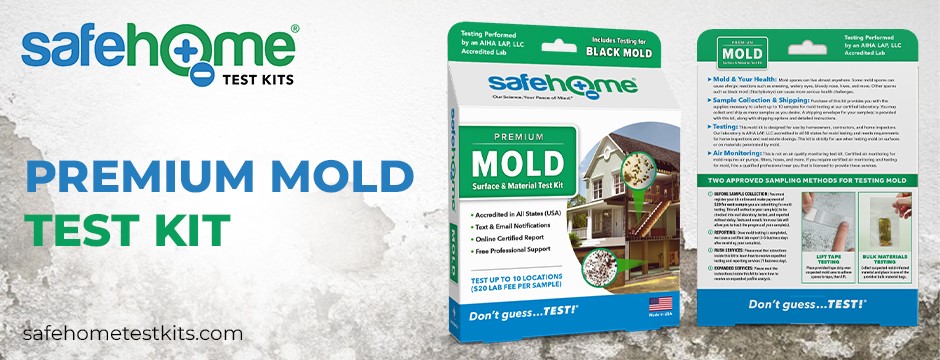Mold's Secret Hideouts: Hidden Places Where Mold Thrives

- Behind Wallpaper: Wallpaper can create the perfect environment for mold growth, especially in rooms with high humidity levels. Moisture can become trapped between the wallpaper and the wall, providing an ideal breeding ground for mold. Inspecting behind wallpaper, especially in areas prone to moisture, like kitchens and bathrooms, is crucial for detecting hidden mold growth.
- Inside HVAC Systems: Heating, ventilation, and air conditioning (HVAC) systems can harbor mold if not properly maintained. Mold spores can accumulate in air ducts, filters, and drip pans, leading to indoor air contamination. Regular inspection and cleaning of HVAC components can prevent mold from spreading throughout the home.
- Under Carpeting and Padding: Carpeting in areas with high moisture levels, such as basements or bathrooms, can trap moisture underneath, creating a conducive environment for mold growth. Mold can thrive on the organic materials found in carpet fibers and padding. Regularly inspecting and cleaning carpets, especially in damp areas, can help prevent mold infestations.
- Inside Appliances: Appliances like refrigerators, dishwashers, and washing machines are susceptible to mold growth, particularly in areas where moisture accumulates. Rubber seals and gaskets around appliance doors can trap moisture and organic debris, providing an ideal habitat for mold. Regularly cleaning and inspecting appliance seals can help prevent mold growth and ensure the proper functioning of the appliances.
- Behind Furniture and Wall Hangings: Mold can easily go unnoticed behind furniture and wall hangings, especially in rooms with poor ventilation. Dust and moisture can accumulate in these areas, providing nutrients for mold growth. Moving furniture and wall hangings periodically and inspecting the walls behind them can help uncover hidden mold colonies.
- Inside Walls and Ceilings: Leaks from plumbing or roofing can lead to moisture accumulation inside walls and ceilings, creating hidden mold growth. Mold can proliferate on the organic materials present in drywall, insulation, and ceiling tiles. Signs of water damage, such as discoloration or peeling paint, should prompt immediate inspection for hidden mold growth.
- In Crawl Spaces and Attics: Crawl spaces and attics are often overlooked areas where mold can flourish. Poor ventilation, inadequate insulation, and moisture intrusion from the outside can create ideal conditions for mold growth. Regular inspection and maintenance of these spaces, including sealing cracks and improving ventilation, can help prevent mold infestations.
- Within Electronic Devices: Electronic devices, such as computers, televisions, and stereos, can harbor mold growth if exposed to moisture or high humidity levels. Dust and debris accumulation inside devices provide nutrients for mold, while warmth from electronics can create a conducive environment for mold proliferation. Regular cleaning of electronic devices and ensuring proper ventilation around them can help prevent mold infestations and prolong their lifespan. Additionally, utilizing mold test kits compatible with electronic surfaces can aid in detecting hidden mold growth within these devices, safeguarding both indoor air quality and electronic equipment functionality.
Health Risks Associated with Mold Exposure
Mold infestations in residential or commercial spaces pose significant health risks to occupants. Exposure to mold spores, mycotoxins, and volatile organic compounds (VOCs) released by mold can lead to various adverse health effects.
- Respiratory Issues: Inhalation of mold spores can trigger respiratory problems such as coughing, wheezing, and shortness of breath, particularly in individuals with allergies or asthma. Prolonged mold exposure may exacerbate existing respiratory conditions or lead to the development of new ones.
- Allergic Reactions: Mold spores can act as allergens, triggering allergic reactions in susceptible individuals. Symptoms may include nasal congestion, sneezing, itchy eyes, and skin irritation. Allergic individuals may experience heightened sensitivity to mold exposure, leading to chronic discomfort and reduced quality of life.
- Aggravation of Asthma: Mold exposure can worsen asthma symptoms and increase the frequency and severity of asthma attacks. Individuals with asthma may experience more frequent episodes of coughing, chest tightness, and difficulty breathing when exposed to mold spores.
- Immune System Effects: Prolonged mold exposure can compromise the immune system, making individuals more susceptible to infections and illnesses. Mold-related illnesses may manifest as recurring respiratory infections, fatigue, and overall weakened immunity.
- Toxic Effects: Certain types of mold produce mycotoxins, toxic substances that can negatively impact human health. Inhalation or ingestion of mycotoxins can cause neurological symptoms, gastrointestinal issues, and other systemic effects. Long-term exposure to mycotoxins may increase the risk of chronic health conditions.
Mold can thrive in various hidden hideouts within homes, posing health risks and structural damage if left unchecked. Regular inspection and maintenance of these lesser-known spots are not just important, they are crucial for effective mold prevention and remediation. Utilizing mold test kits, such as those offered by Safe Home®, can help homeowners identify and address mold issues proactively, ensuring a safe and healthy indoor environment.
Safe Home® Mold Test Kit – Premium: Ensuring Accurate Detection

The Safe Home® Mold Test Kit – Premium is meticulously designed to provide homeowners, contractors, and home inspectors with the utmost confidence and peace of mind in detecting mold issues. Our comprehensive kit includes everything you need for sample collection, return shipping, and in-depth testing conducted by our accredited laboratory.
- Comprehensive Testing: Our kit contains supplies for collecting up to 10 samples for mold testing, ensuring thorough coverage of your indoor environment.
- Accredited Laboratory: Our accredited laboratory holds AIHA LAP, LLC accreditation in all 50 states for mold testing. This accreditation signifies our commitment to providing accurate and reliable results that you can trust for various purposes, including home inspections, mortgage applications, and real estate transactions.
By utilizing the Safe Home® Mold Test Kit – Premium, you are not just addressing mold issues in your indoor environment, you are taking necessary remediation measures to maintain a healthy living environment for you and your family. This is a proactive step towards a healthier home.
In summary, mold infestations pose significant health risks, but with the Safe Home® Mold Test Kit – Premium, you can confidently detect mold issues and take proactive steps to safeguard your health and well-being.
For more information on mold detection and to order your Safe Home® Mold Test Kit – Premium, contact us at 888-932-6699 or email us at info@safehometestkits.com.
Take proactive steps to ensure a healthy indoor environment for you and your loved ones today!


